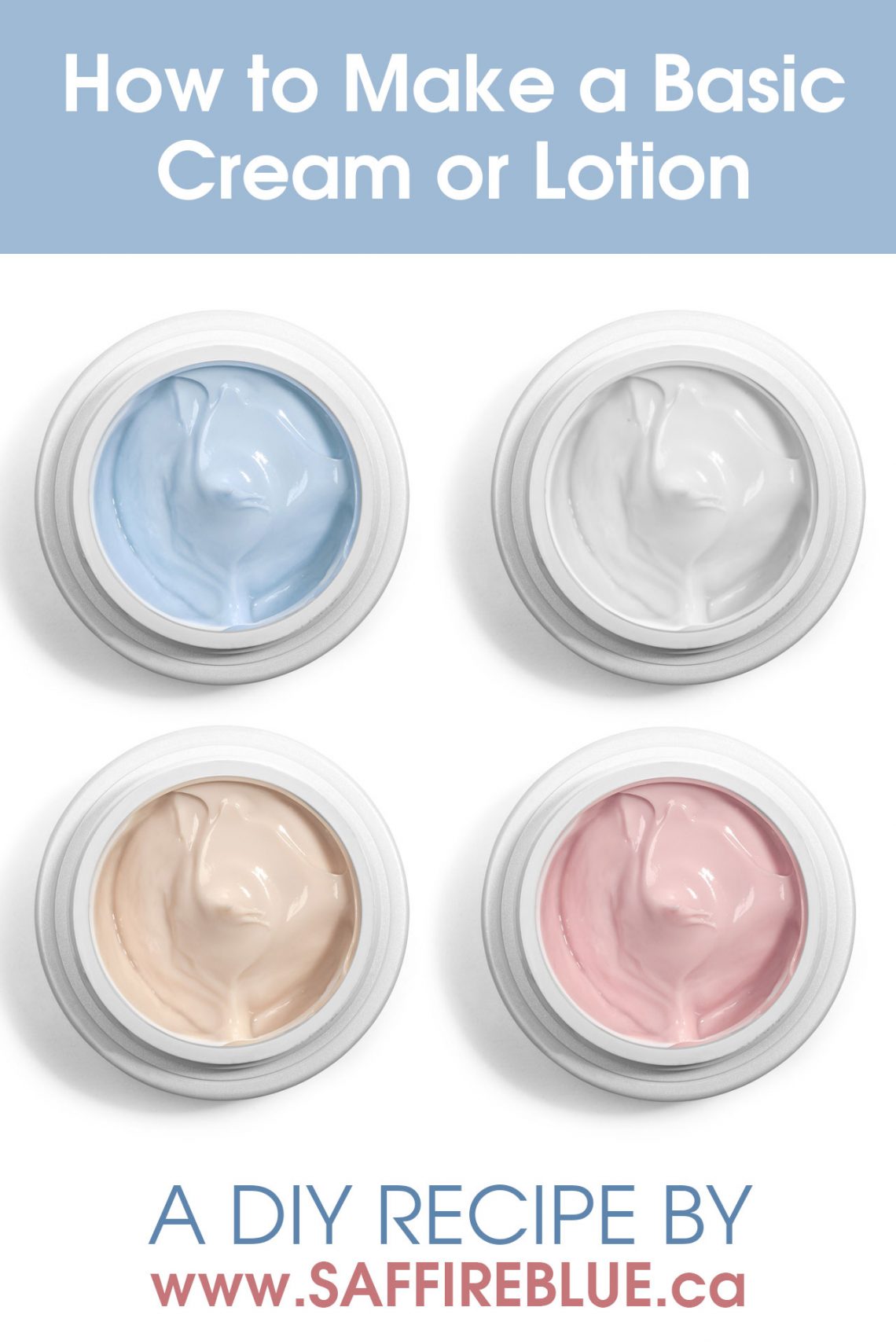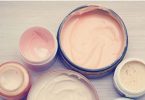In basic terms, an emulsion is a mixture of two liquids where one liquid does not dissolve in the other. Ever notice how your salad dressing separates into two layers until you shake it up? Shaking it causes it to combine, but why doesn’t it stay mixed? That’s because a mixture of non-soluble liquids requires some type of emulsifier to stay combined or “stable”, as a lotion or cream would.
Some emulsifiers we offer at Saffire Blue are:
- Emulsimulse
- Incroquat Behenyl TMS-225 (BTMS-225)
- Incroquat Behenyl TMS-50 (BTMS-50)
- Liquid Lecithin
- Polawax
Lotions and creams generally have 3 components: water, oil, and an emulsifier. Most formulations are created in 3 phases: the oil phase, which includes all your oil-soluble ingredients, the water phase, which includes all your water-soluble ingredients and the final phase, in which you would allow your emulsion to cool to 50* C and add your additional ingredients.
There are two basic types of emulsions. An “oil-in-water” emulsion is formed when the oil phase is added to the water phase. A “water-in-oil” emulsion is formed when the water phase is added to the oil phase.
 A basic formulation for lotion is:
A basic formulation for lotion is:
- Emulsifiers and Thickeners 5-8
- Oils 12-20
- Water, additives, botanicals and preservatives to 100
A basic formulation for body butter would be:
- Emulsifiers and Thickeners 10-12
- Oils and Butters 30-33
- Water, additives, botanicals and preservatives to 100
What this means is that if your emulsifiers and oils add up to 25 of your ingredients should be water-soluble.
Formulations containing lower percentages of emulsifiers with higher percentages of water will generally perform as lotions. Formulations containing higher percentages of oil and emulsifiers with lower percentages of water generally perform as creams, ointments or butter.
Tips on working “clean” and avoiding contamination:
You should always have a thermometer handy when making an emulsion. Your water and oil phases must be heated in separate containers to a minimum of 70* C in order for your emulsifiers to dissolve properly.
Always be sure your final product is completely cooled before adding your closure to your container. If your product is closed while still warm, condensation may form on the inside of the lid and create a host for bacterial and fungal growth. You may want to spritz the inside of your lids with alcohol before capping.
We recommend sterilizing all your packaging containers prior to using them. They should be washed well and then rinsed in a solution of bleach and 75 water.
- Use glass or stainless steel containers for mixing, avoid plastic bowls
- Avoid using wood or plastic utensils, opt for silicone instead
- Use distilled water in your formulations, or sterilize bottled water prior to use
- Wash hands thoroughly, wear gloves and avoid touching the product during packaging
- Use dried herbs/botanicals instead of fresh whenever possible
- Utilize preservatives and store in the refrigerator




[…] * For more information on emulsions, please see our previous blog article: Emulsions: What the heck are they? […]